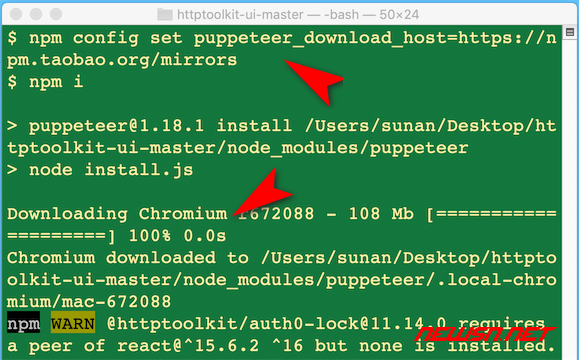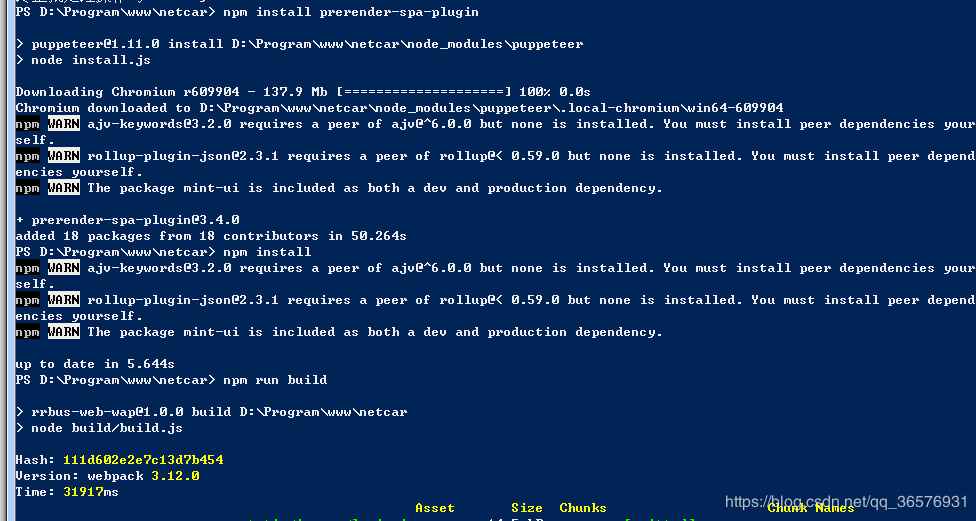

Your project folder (see an example below) because not all hosting providers Heroku, you might need to reconfigure the location of the cache to be within If you deploy a project using Puppeteer to a hosting provider, such as Render or The browser is downloaded to the $HOME/.cache/puppeteer folderīy default (starting with Puppeteer v19.0.0). We have a troubleshooting guide for various operating systems that lists the required dependencies.When you install Puppeteer, it automatically downloads a recent version ofĬhrome for Testing (~170MB macOS, ~282MB Linux, ~280MB Windows) that is guaranteed to Q: I am having trouble installing / running Puppeteer in my test environment? This means that Puppeteer does not support HTTP Live Streaming (HLS).

Give it a spin: Getting Started InstallationĬonst browser = await puppeteer. Capture a timeline trace of your site to help diagnose performance issues.Run your tests directly in the latest version of Chrome using the latest JavaScript and browser features.

Create an up-to-date, automated testing environment.Automate form submission, UI testing, keyboard input, etc.Crawl a SPA (Single-Page Application) and generate pre-rendered content (i.e.Generate screenshots and PDFs of pages.Most things that you can do manually in the browser can be done using Puppeteer! Here are a few examples to get you started: Puppeteer runs headless by default, but can be configured to run full (non-headless) Chrome or Chromium. Puppeteer is a Node library which provides a high-level API to control Chrome or Chromium over the DevTools Protocol.

API | FAQ | Contributing | Troubleshooting


 0 kommentar(er)
0 kommentar(er)
